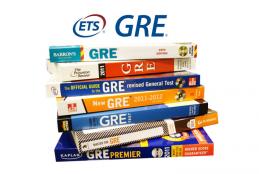Writing a CV/résumé
Before beginning to draft your CV/résumé, read the advert carefully so that you are clear about the specific requirements of the job you’re applying for. It’s important to tailor both your application letter and the CV/résumé to the job in question, focusing on qualifications and experience that are particularly relevant.
Dos and Don’ts
Here are some general points to bear in mind when preparing your CV/résumé:
Do



